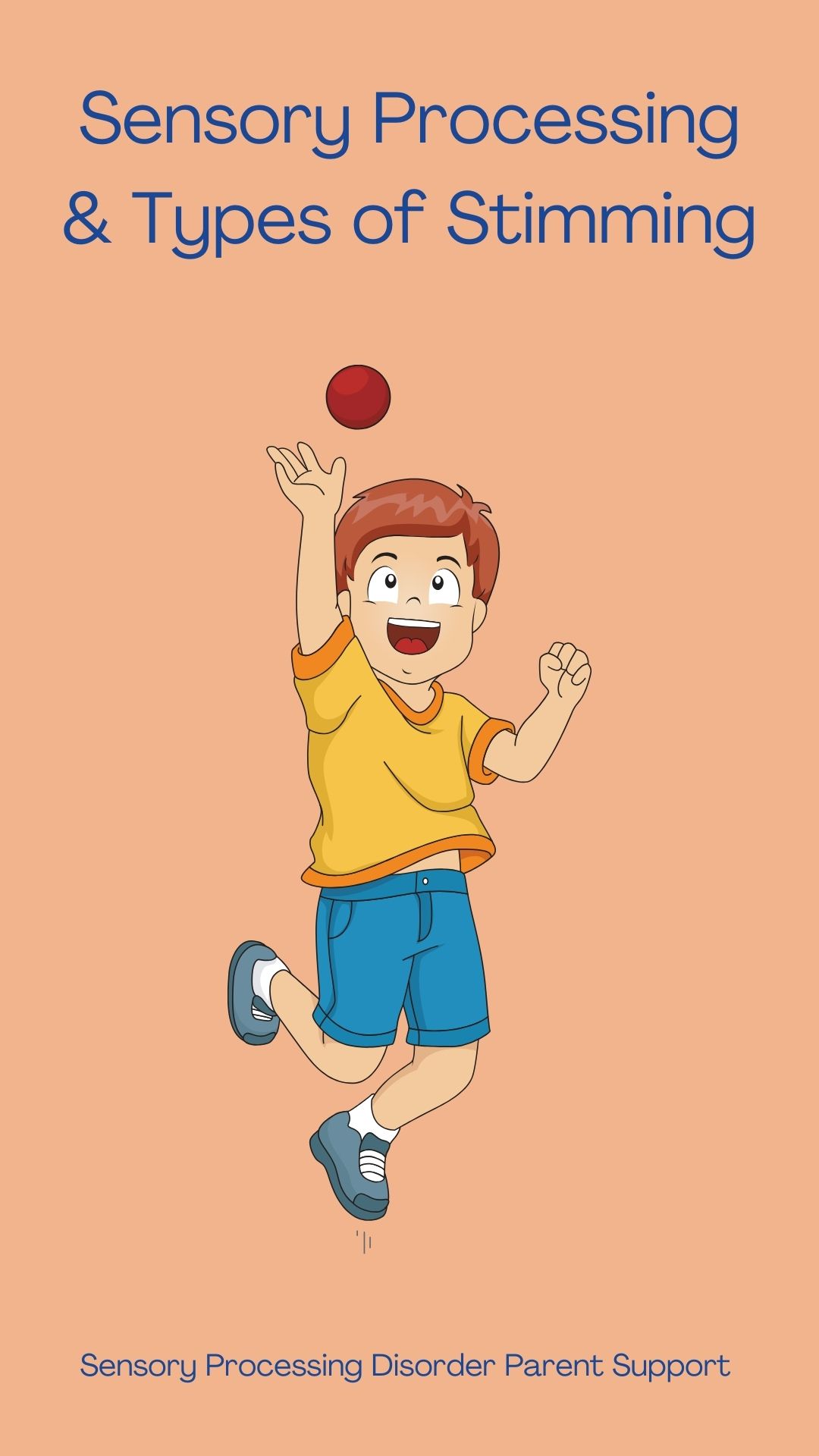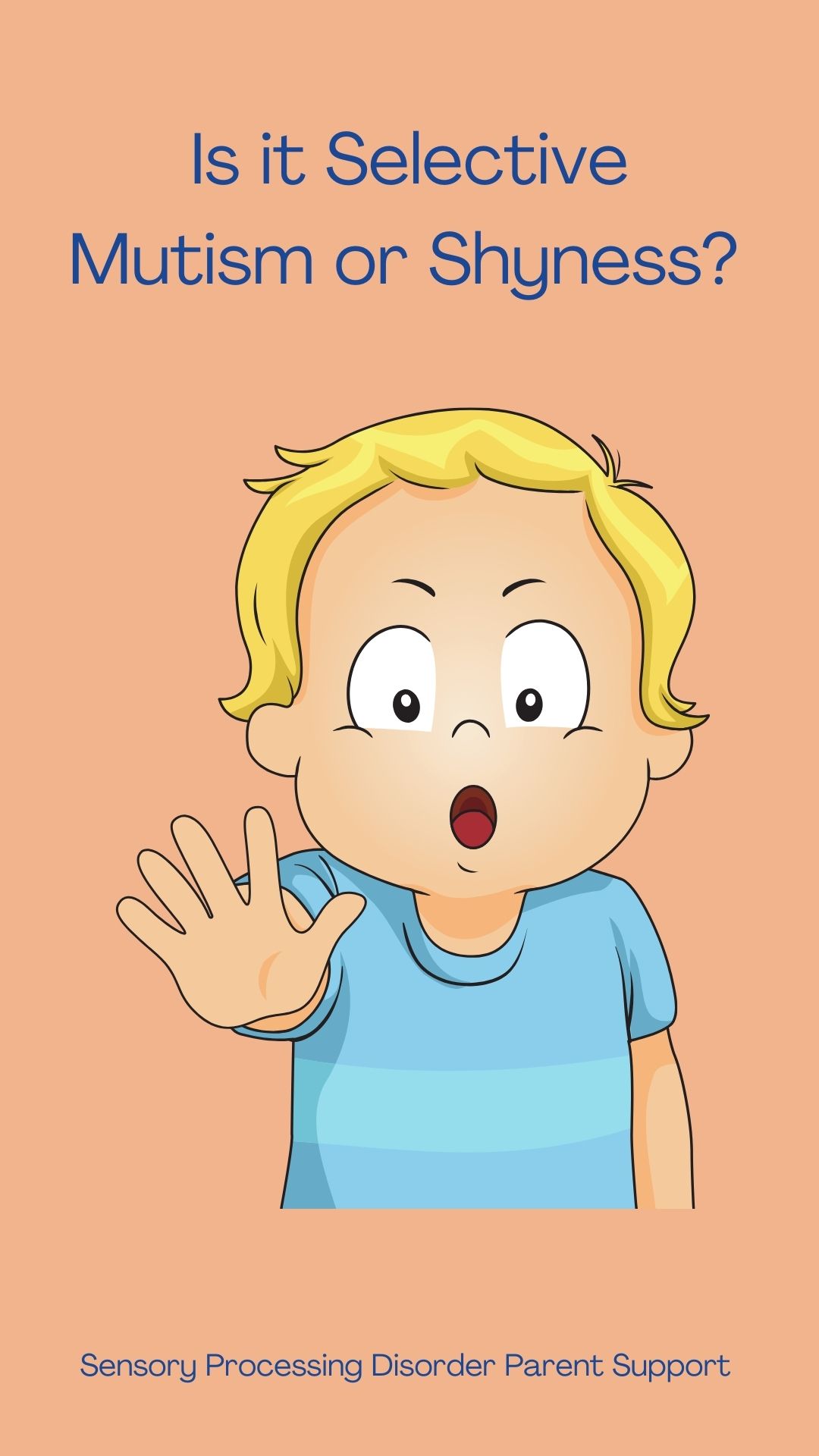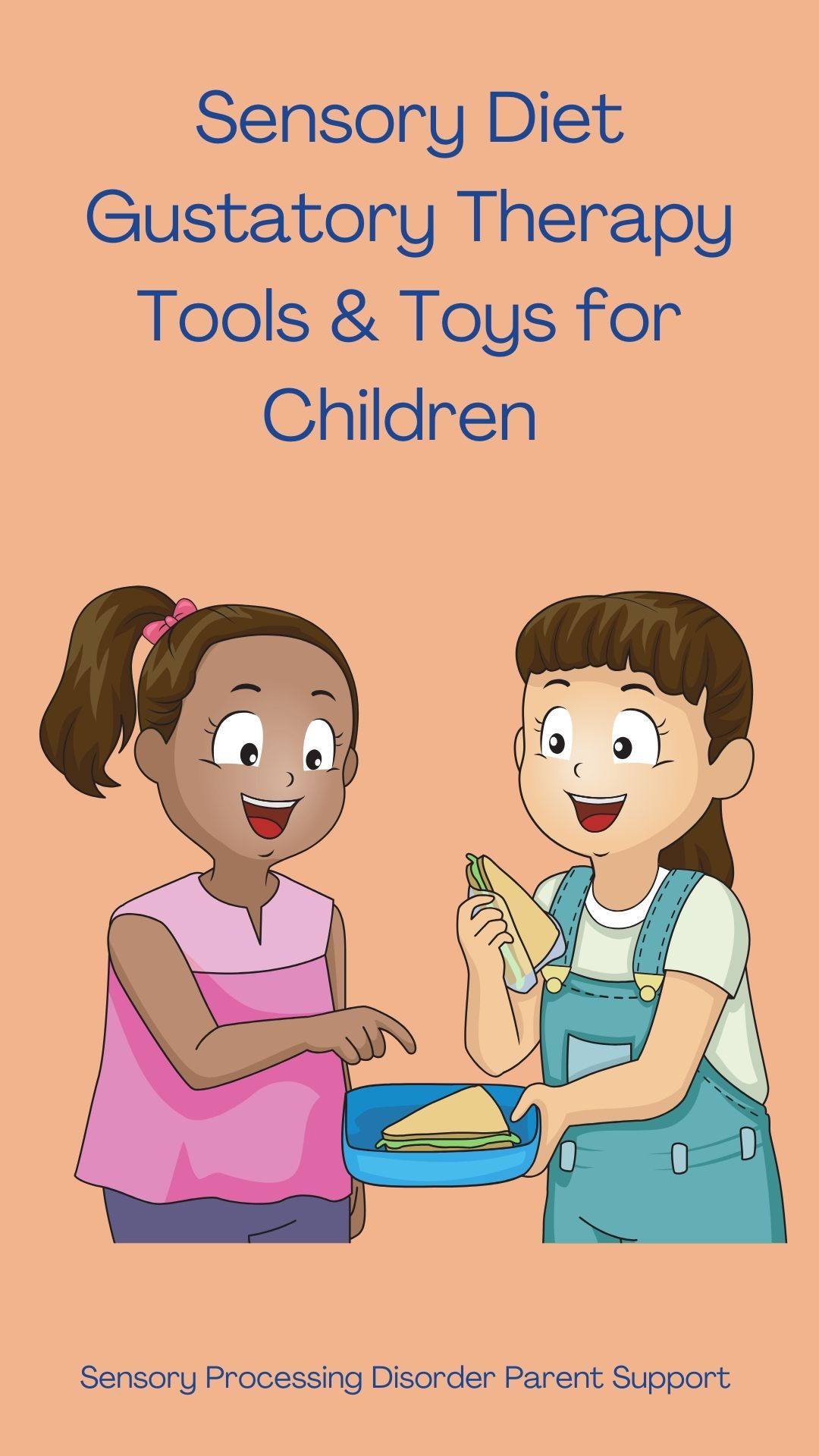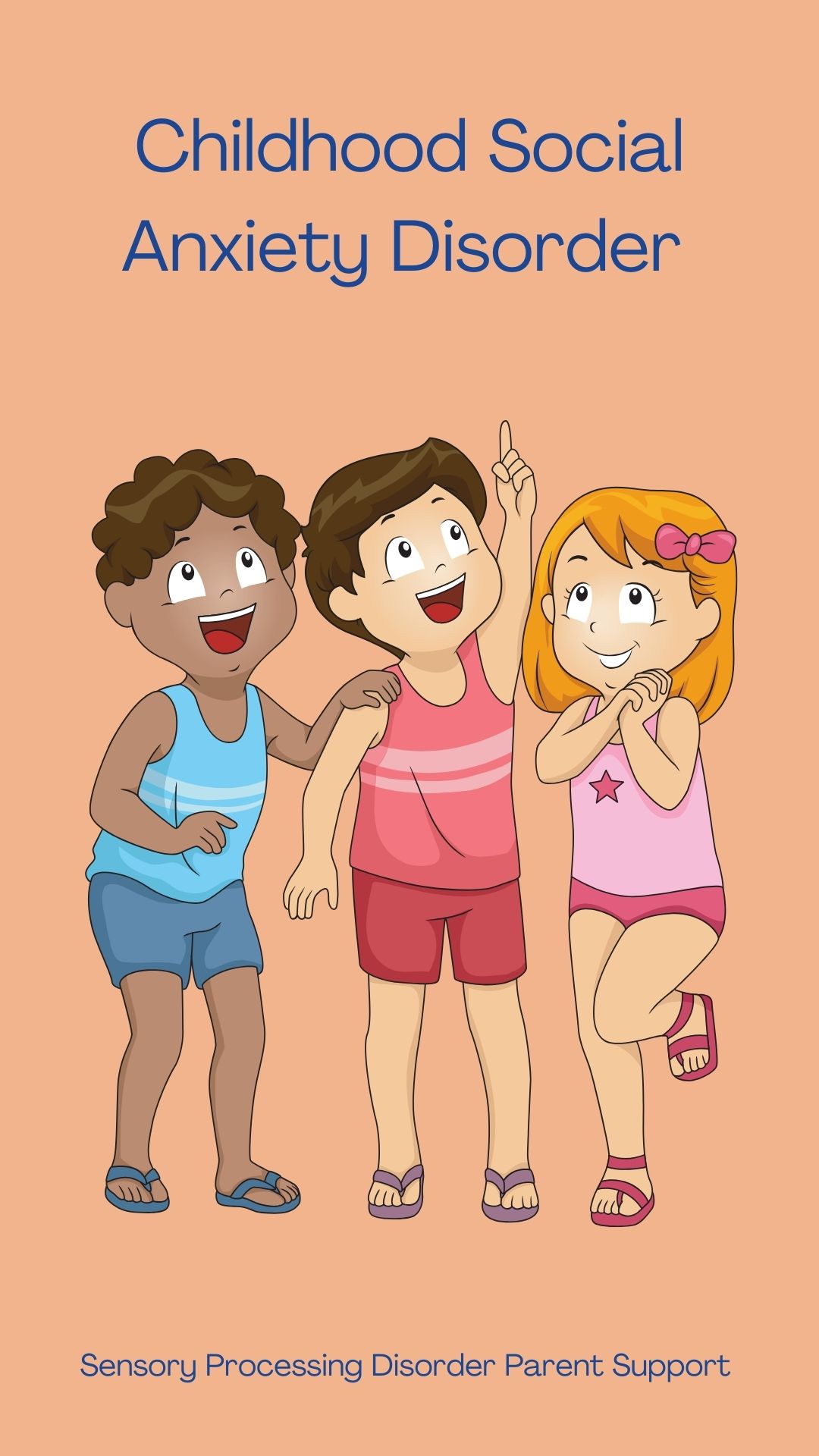
Sensory Processing Disorder Parent Support
Sensory Processing Disorder Classroom Self-Regulation
Children with sensory differences ... painting the world beautiful.
Sensory Processing Disorder Classroom Self-Regulation
Jeanette Loftus
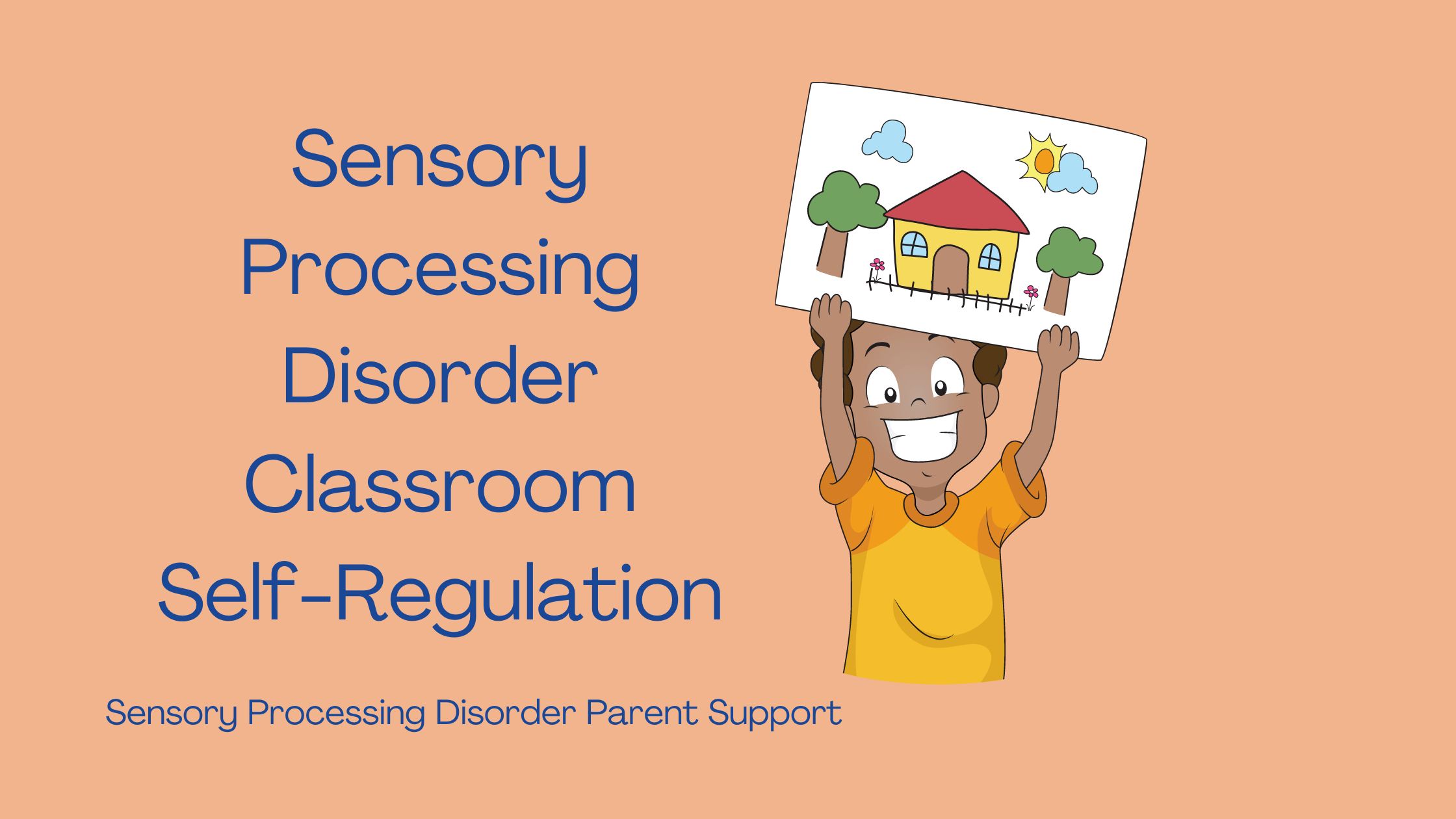
Sensory Processing Disorder can impact how a child can function in their classroom effectively and at school. It is important for teachers to understand how they can support children who have sensory processing disorder in their class and help them develop self-regulation skills.
Self-regulation is when you have the tools and coping skills to control your own emotions, behaviors and thoughts effectively in different situations.
When a child struggles with sensory processing disorder, self-regulation can be quite challenging because it is difficult for them to regulate their responses to sensory input and that can lead to behavioral challenges in the classroom.
When supporting students with sensory processing disorder, it is important to create a classroom environment that is sensory-friendly for them. To create a sensory friendly classroom you would need to understand the sensory needs of each student in the classroom who struggles with sensory processing disorder and make the appropriate accommodations for each student.
Making sensory friendly classroom changes will minimize the sensory triggers that these students struggle with in the classroom and reduce their sensory overload. A sensory friendly classroom should include a calming quiet space for students to take sensory breaks, using sensory tools like fidgets or a sensory weighted lap pad.
It is important to reduce any and all unnecessary auditory noises or visual distractions in the classroom like bright colorful posters all over the walls because these can be very distracting and cause sensory overload.
Self-regulation strategies can also be included into daily classroom routines and classroom activities too. Teachers can teach their students calming techniques like deep breathing mindful activities to help them regulate their responses to the sensory input in the classroom. It's very helpful to have a clear and consistent routine in the classroom to help students with sensory processing disorder. When they know and understand their routine they will have less anxiety.
Many students with sensory processing disorder struggle to communicate their feelings, which can lead to meltdowns and frustration. If a teacher provides a safe and supportive environment for students to share their emotions, teachers can help them develop the skills to manage their feelings in a healthier way.
It is important for teachers to educate the other students in the classroom about sensory differences and how to support their classroom friends who may struggle with self-regulation and sensory processing disorder. This can create a more inclusive environment for students and an understanding in the classroom to reduce the stigma around children who have sensory processing challenges.
A child's teacher can work with a child's occupational therapist to provide sensory support for students with sensory processing disorder. Occupational therapists can work with students individually or in groups to develop strategies for self-regulation in the classroom. This could be sensory activities and coping techniques for sensory input within the classroom and the school.
Self-regulation skills can also be reinforced at home. Teachers can encourage parents and caregivers to implement similar strategies at home to promote consistency and reinforce learning. When we create a sensory-friendly classroom environment, incorporate self-regulation strategies into routines and provide support from occupational therapists, teachers can help their students with sensory processing disorder improve in the classroom, making it an inclusive, comfortable experience for everyone.
- providing child with ear protection for noise sensitivity
- giving the child options for alternative seating
- allowing child to chew gum or sensory chew toy
- attaching stretchy bands to the child's chair
- providing sensory tools (weighted lap pad/wiggle seat)
- letting the child use fidgets
- scheduling breaks to move and walk
- playing on the playground
- scheduling heavy work activities
- providing auditory breaks for child in a quiet environment
- brushing and joint compressions
- accommodating sensory diet through the day
- scheduling occupational therapy during school hours
- providing a sensory space to listen to relaxing music

